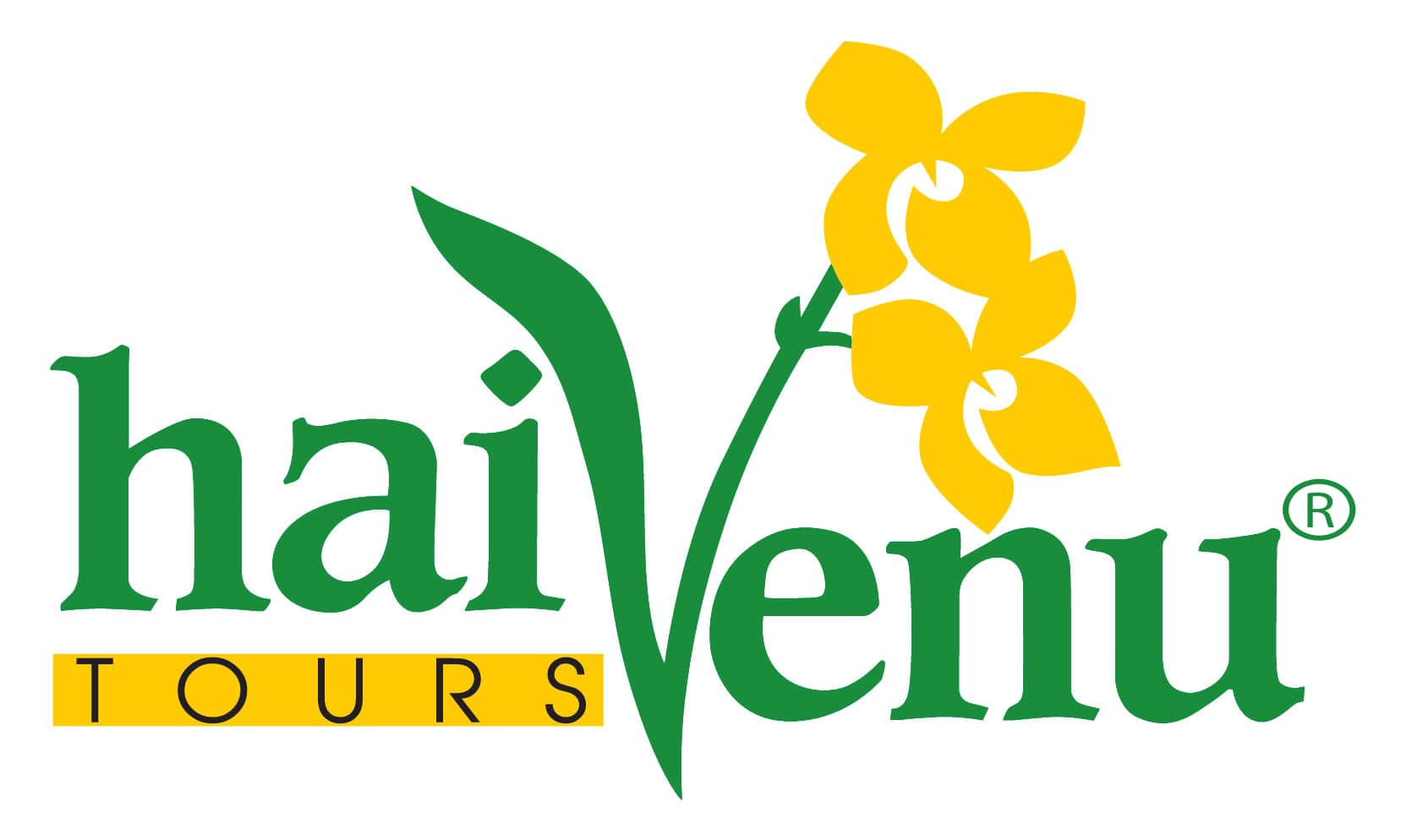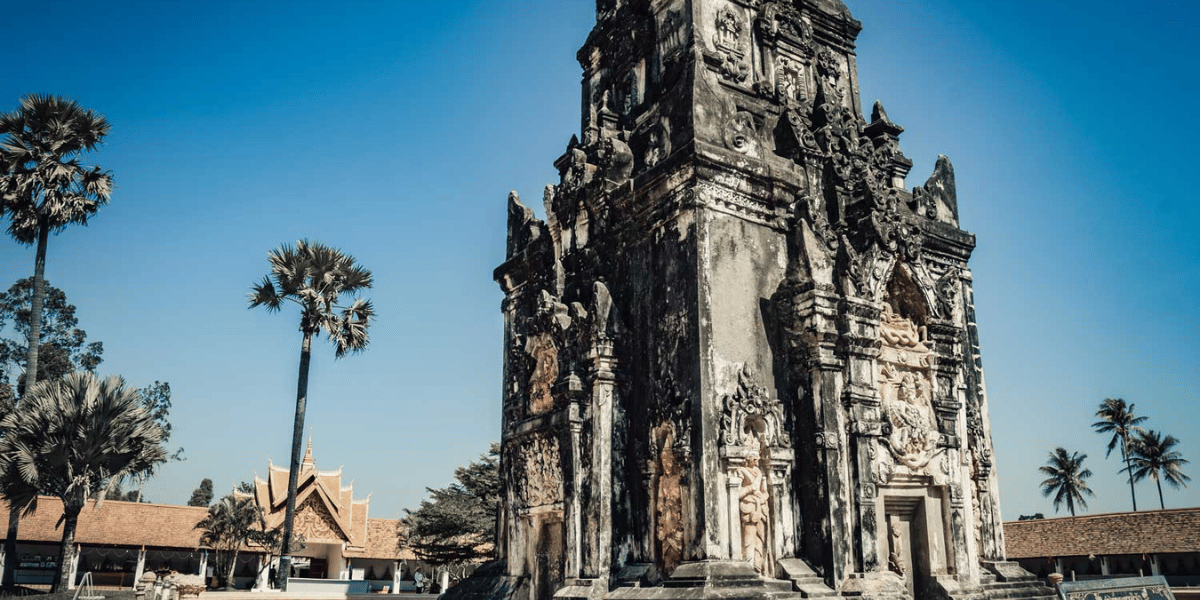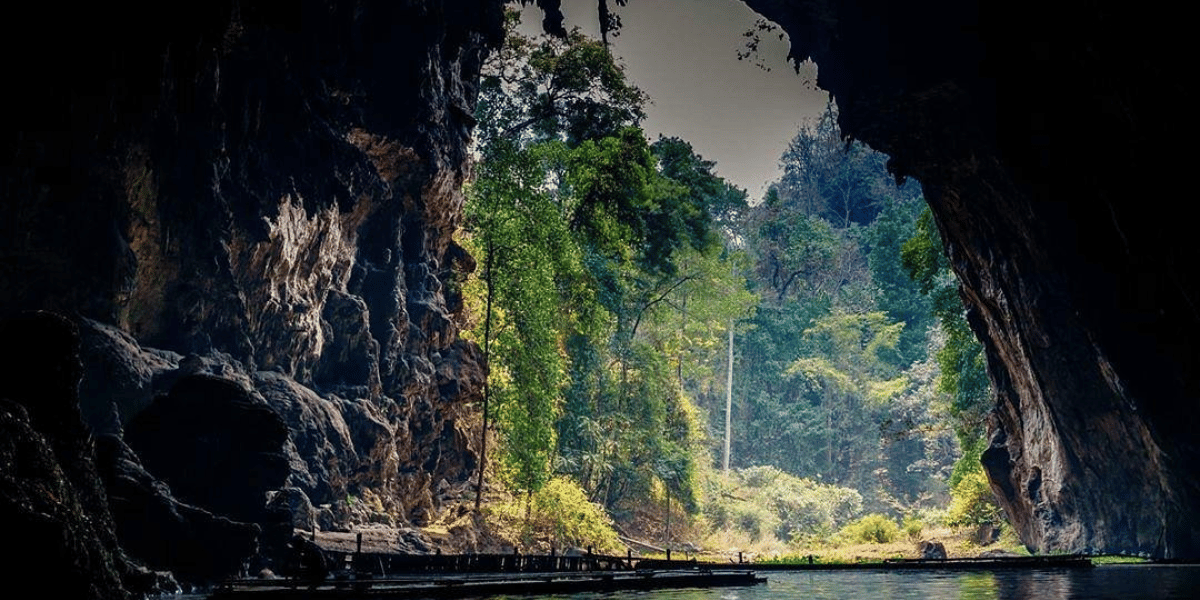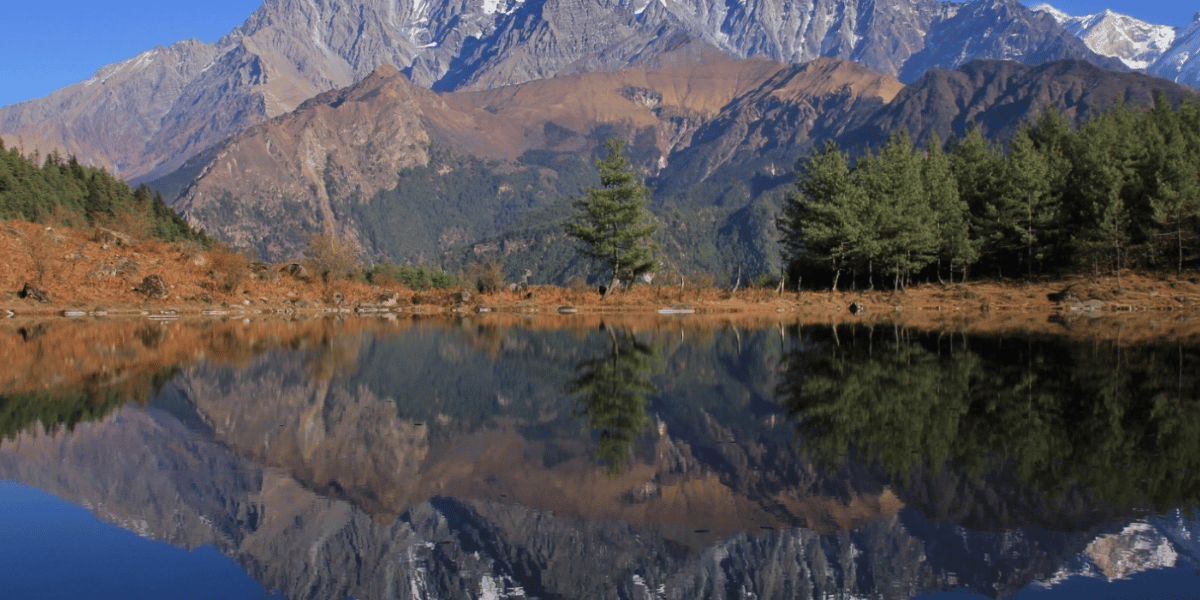Top Attractions in Salavan, Laos: A Personal Journey
Last Updated on 14 October, 2024 by admin
Salavan, a quiet and often overlooked province in southern Laos, is an absolute gem for those seeking an authentic, off-the-beaten-path experience. Located in the Bolaven Plateau region, Salavan might not be as famous as Luang Prabang or Vang Vieng, but that’s exactly where its charm lies. Travelling through this tranquil province feels like stepping into another world – one where time slows down, nature thrives, and traditions are beautifully preserved.
My trip to Salavan was born from a desire to explore Laos beyond the typical tourist destinations. I had heard whispers of its majestic waterfalls, lush forests, and rich cultural heritage, but nothing could have prepared me for the incredible journey that awaited me. In this article, I’ll share some of the top attractions in Salavan through the lens of my personal experiences, hoping it inspires you to consider this hidden jewel for your next adventure.
Why Visit Salavan?
There’s something deeply captivating about Salavan. While it doesn’t boast large cities or flashy tourist attractions, what it offers instead is raw, untouched beauty. The province is home to stunning natural landscapes, including dense forests, impressive waterfalls, and the vast Bolaven Plateau, which stretches across several provinces but finds a particularly special expression in Salavan.
Unlike more developed areas of Laos, Salavan remains relatively traditional. You’ll find ethnic villages where the way of life has changed little over the centuries, and visiting them gives you a real sense of how the people here have harmoniously lived with nature for generations. This is the kind of destination where your experience becomes not just about seeing new sights but about immersing yourself in a different world altogether.
One of the reasons I fell in love with Salavan was because it offered me a true escape. It’s a place for nature lovers, adventure seekers, and culture enthusiasts who want to see Laos in its most unspoilt form. Whether you’re hiking through dense forests or sipping locally-grown coffee on the Bolaven Plateau, you’ll feel a deep connection to the land and its people.
Top Attractions in Salavan: My Journey
Tad Lo Waterfall
When I first heard about Tad Lo, I imagined it would be like any other waterfall – beautiful, yes, but perhaps not unique. I couldn’t have been more wrong. Tad Lo is not just a waterfall; it’s an experience, a place that invites you to linger and soak up the tranquil atmosphere.
I arrived at Tad Lo in the late afternoon, just in time to see the golden hour cast its light across the cascading water. The waterfall itself isn’t overly high, but its multi-tiered flow and the natural pools it forms make it a perfect spot for swimming and relaxing. There’s something incredibly peaceful about Tad Lo – perhaps it’s the gentle rush of water, or maybe it’s the surrounding forest that seems to cocoon you in serenity.
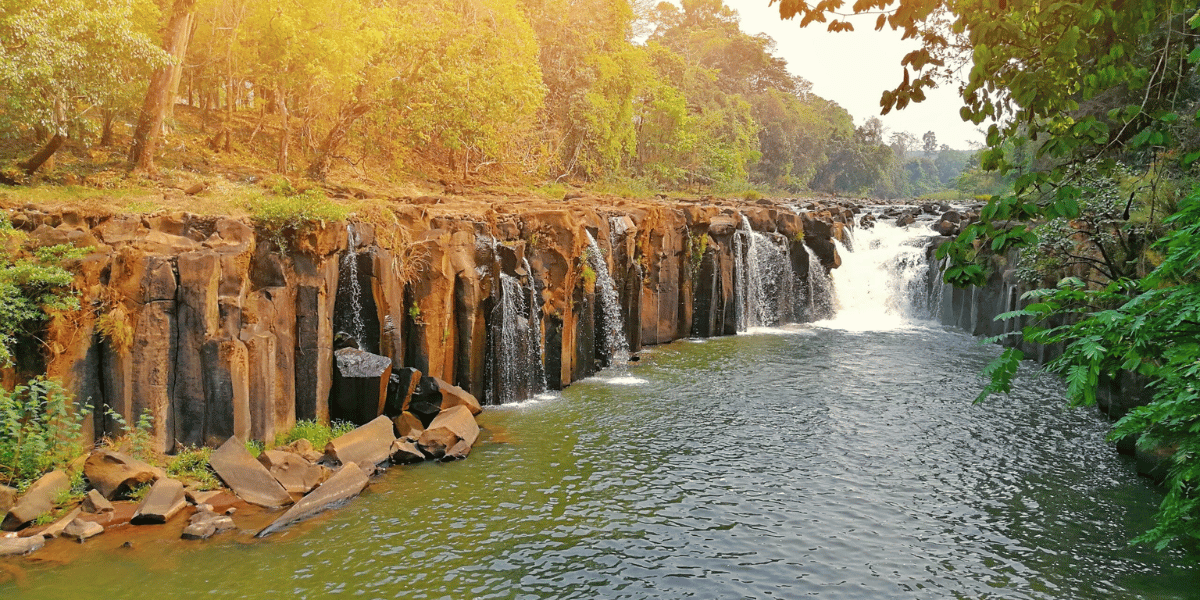
Nearby, I had the chance to visit some of the small villages where elephants are still used for transportation and farming. I even saw an elephant bathing in the river, an iconic image that will stay with me forever. What made Tad Lo special for me was how uncommercialised it felt. You’re not fighting crowds here; instead, you have the space to breathe and take in the beauty at your own pace.
If you’re staying in the area, I highly recommend spending a night or two in one of the local guesthouses. The simple accommodations are surrounded by nature, and falling asleep to the sound of the waterfall in the background is something I won’t forget. Tad Lo is the kind of place where time slows down, and you truly feel at peace with the world.
Dong Hua Sao National Protected Area
Dong Hua Sao National Protected Area is a paradise for adventurers and nature lovers. I came here on a guided trek and was amazed by the sheer biodiversity of the region. It’s one of Laos’ most important protected areas, home to countless species of flora and fauna, including some that are endangered.
The trek itself was moderately challenging, but every step was worth it. Walking through dense forests, I saw everything from rare birds to ancient trees that towered above us like natural skyscrapers. One of the highlights for me was crossing small streams on rickety bridges – a bit nerve-wracking, but it added to the sense of adventure.
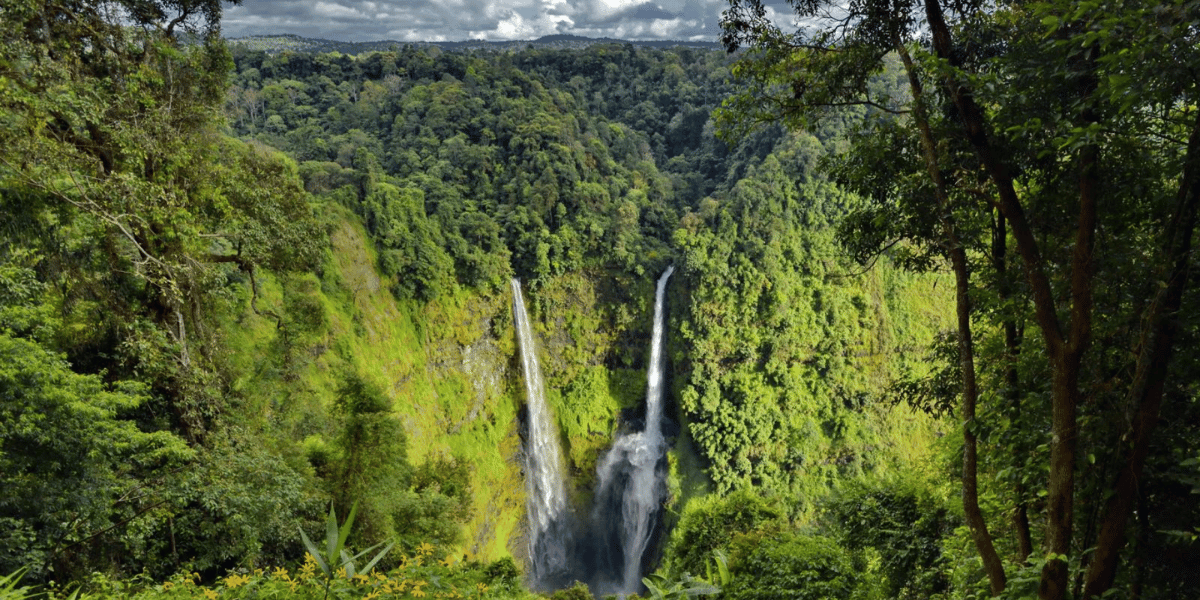
At one point, we came across a waterfall deep in the forest, which felt like a hidden treasure. Our guide told us that very few tourists make it this far into the park, and standing there in the untouched wilderness, I felt like an explorer discovering something for the first time.
For those interested in wildlife, Dong Hua Sao is a dream come true. I wasn’t lucky enough to spot one of the rare gibbons that live in the area, but we did hear them calling in the distance. The park is also home to leopards, clouded leopards, and a variety of reptiles and amphibians.
If you’re planning to visit, I would suggest going with a guide. The area is vast, and it’s easy to get lost without local knowledge. But more than that, the guides are incredibly knowledgeable about the local ecosystem and can point out things you might otherwise miss.
Bolaven Plateau
The Bolaven Plateau, which stretches into Salavan province, was one of the highlights of my trip to southern Laos. The plateau is famous for its coffee plantations, and being a coffee enthusiast, I couldn’t resist exploring this unique region.
The journey up to the plateau is an adventure in itself. As you climb higher, the temperature drops, providing a refreshing escape from the tropical heat below. The air up here feels cleaner, crisper, and it’s easy to understand why this region is perfect for growing coffee.
I visited a small, family-run coffee farm where I had the chance to learn about the entire process of coffee production, from the planting of the beans to the final cup. Sitting on the porch of their home, sipping a freshly brewed cup of coffee while overlooking the lush green fields, was one of the most serene moments of my trip.

Beyond coffee, the Bolaven Plateau is also home to some incredible landscapes. Rolling hills, thick forests, and the occasional waterfall punctuate the scenery. For anyone interested in eco-tourism, this is a must-visit spot.
My recommendation? Rent a motorbike and take your time exploring the plateau. You’ll pass through tiny villages, coffee farms, and natural wonders, all at your own pace. The locals are incredibly friendly, and stopping for a chat (and more coffee!) is part of the experience.
Ethnic Villages: A Glimpse into Traditional Life
One of the most enriching parts of my journey through Salavan was visiting the ethnic villages scattered throughout the province. Laos is home to many ethnic groups, each with its own unique culture and traditions, and in Salavan, the Katu and Alak people are among the most prominent.
I was fortunate enough to visit a Katu village and spend time with the villagers. What struck me immediately was the warmth and hospitality of the people. Despite the language barrier, they were eager to show me their way of life, from traditional weaving techniques to how they prepare food.
The Katu people have a long history in the region, and their villages are incredibly self-sufficient. Walking through the village, I saw houses built on stilts, rice paddies stretching out into the distance, and families going about their daily routines. It was a humbling experience, and it made me appreciate how deeply connected these people are to the land and their traditions.
If you’re interested in cultural tourism, I highly recommend making time to visit one of these villages. Many tours are available that allow you to experience village life while also respecting the local culture and customs. It’s a chance to see a side of Laos that few tourists ever get to experience.
Food and Culture in Salavan
The food in Salavan is another reason why this province captured my heart. Lao cuisine is all about fresh ingredients and bold flavours, and in Salavan, you get to experience dishes that are deeply rooted in tradition. One of my favourite meals was a simple yet delicious soup made with fresh herbs, vegetables, and local fish.
In addition to the soups, sticky rice is a staple at every meal. I loved how communal the dining experience was – in most places, meals are shared, with everyone dipping into the same dishes. It’s a wonderful way to connect with people, and I found myself learning so much about Lao culture simply by sitting down and sharing a meal.
One dish that stands out is the local version of Laap, a type of minced meat salad seasoned with herbs, chilli, and lime. It’s fresh, tangy, and absolutely delicious. If you’re a fan of spicy food, you’ll love the kick that Lao dishes offer.
Practical Tips for Travellers
Travelling to Salavan requires a bit more planning than visiting some of the more popular destinations in Laos, but the effort is well worth it. The easiest way to get there is by taking a bus or renting a motorbike from Pakse, the nearest major town.
The best time to visit is during the dry season, between November and April. During the rainy season, the roads can be difficult to navigate, and some of the natural attractions may be less accessible.
I recommend packing light but ensuring you have good hiking shoes and a rain jacket, even in the dry season. The weather can be unpredictable, especially in the higher areas like the Bolaven Plateau.
Conclusion
Salavan may not be the first place that comes to mind when planning a trip to Laos, but it should be. It’s a place where nature, culture, and adventure come together in a way that feels both authentic and deeply rewarding. Whether you’re hiking through dense forests, relaxing by a waterfall, or sipping coffee on the Bolaven Plateau, Salavan offers an experience that’s rich in both beauty and meaning.
I left Salavan with a heart full of memories, and I hope that this article has inspired you to explore this lesser-known corner of Laos. There’s something truly magical about Salavan, and I’m confident that once you visit, you’ll feel the same way.
